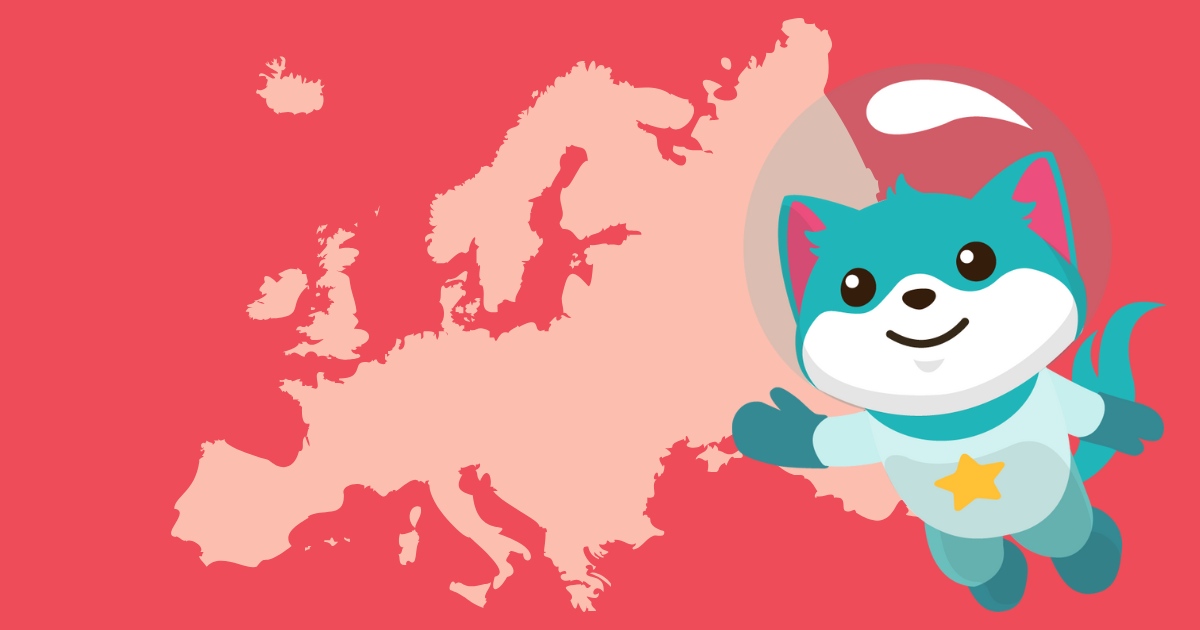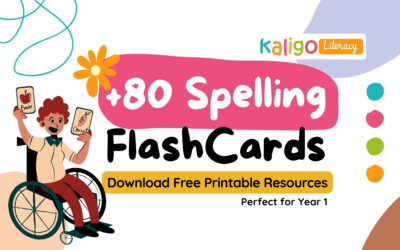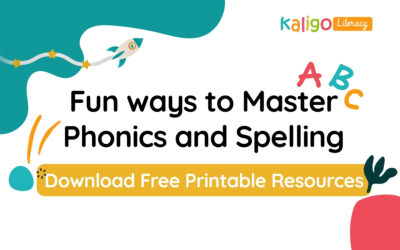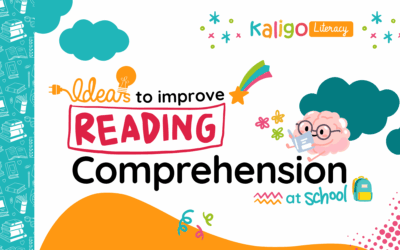Summer is in full swing, and we are also preparing our suitcases to go on vacation! This year, our summer vacation takes us to our French and German neighbors, where Kaligo has been developing for several years as well. In today’s article, we will delve into some features of these versions of Kaligo that make them so unique. Let’s take a look at the habits of our neighboring schools to see how we resemble each other, how we differ, and what we can learn from one another.
Multiple Versions of Kaligo, but Why?
The demands for Kaligo vary from country to country. Whether it’s the French Ministry of National Education and Youth or other application distributors, the requirements are not always the same and, therefore, need to be distributed among different versions. However, this is often done within the context of the same language. On the other hand, it becomes more complex when other languages and territories are added. Here with us, adapting Kaligo to another language or territory goes well beyond translation. You will find more details here on how we adapt Kaligo to a new version. Indeed, different countries and languages involve different school programs. How do children learn to write? What are the different stages that allow the recognition of different letters? What vocabularies and appellations must be included? We discover all of this by collaborating closely with our partner schools and teachers.
Kaligo in France: Practicing Different Skills
Originally, Kaligo was developed over 10 years ago for the French market. Besides writing, children today practice many other skills. One of them is, for example, grammar. Through an exercise called “J’entoure” (I surround), students can practice identifying and circling verbs, adjectives, subjects, and much more in a sentence. This way, students not only acquire new vocabulary but also learn the function of different words in the sentence. This exercise can also be customized at will to identify each element of a sentence. That’s why this exercise is highly appreciated by our teachers and is one of the strengths of the French version of Kaligo. But who knows, perhaps this exercise will soon be available in the English version? Stay tuned for the next issue!
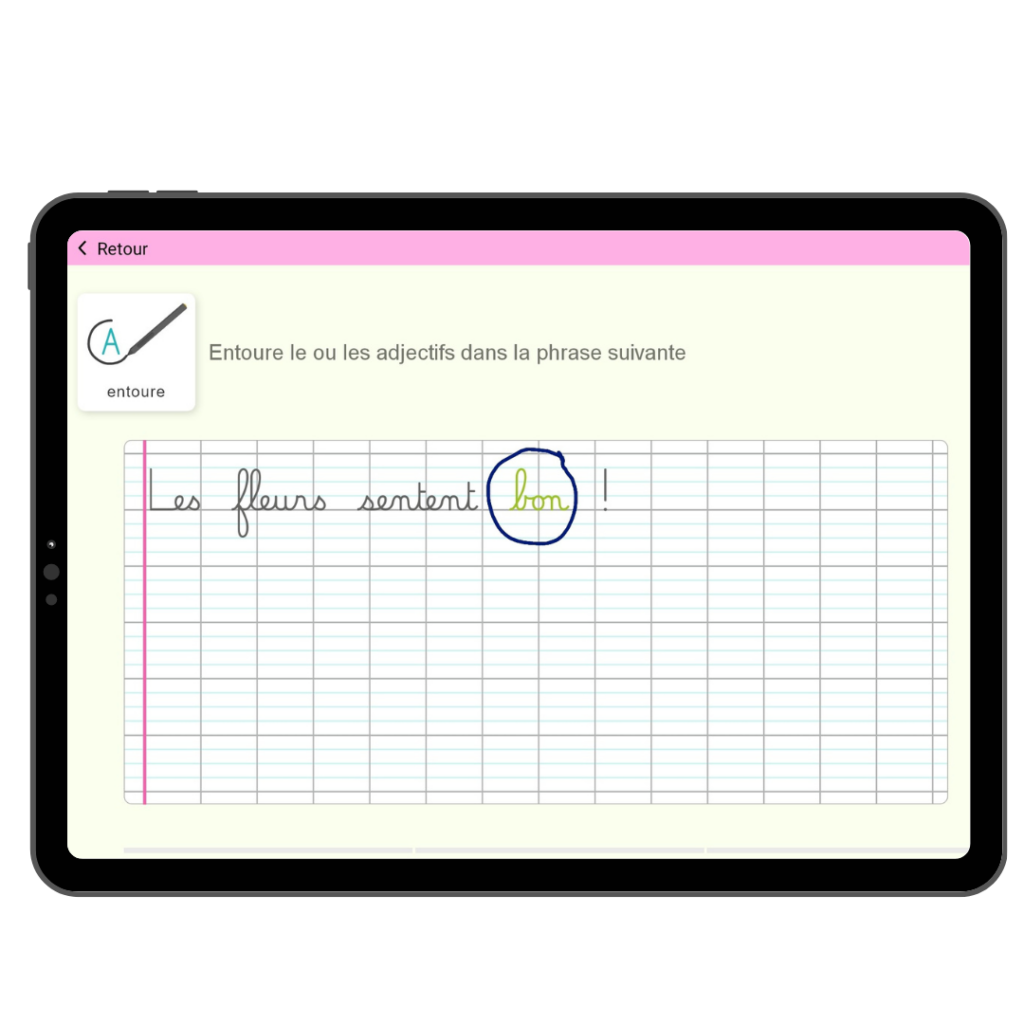
Another specificity is that the Artificial Intelligence (AI) in Kaligo France recognizes letters different from ours! Some may still remember their French lessons where the real utility of the letter “ç” was explained. Since this June, French students can also learn on their own that “Glaçon” and “Glacon” are not at all the same word.
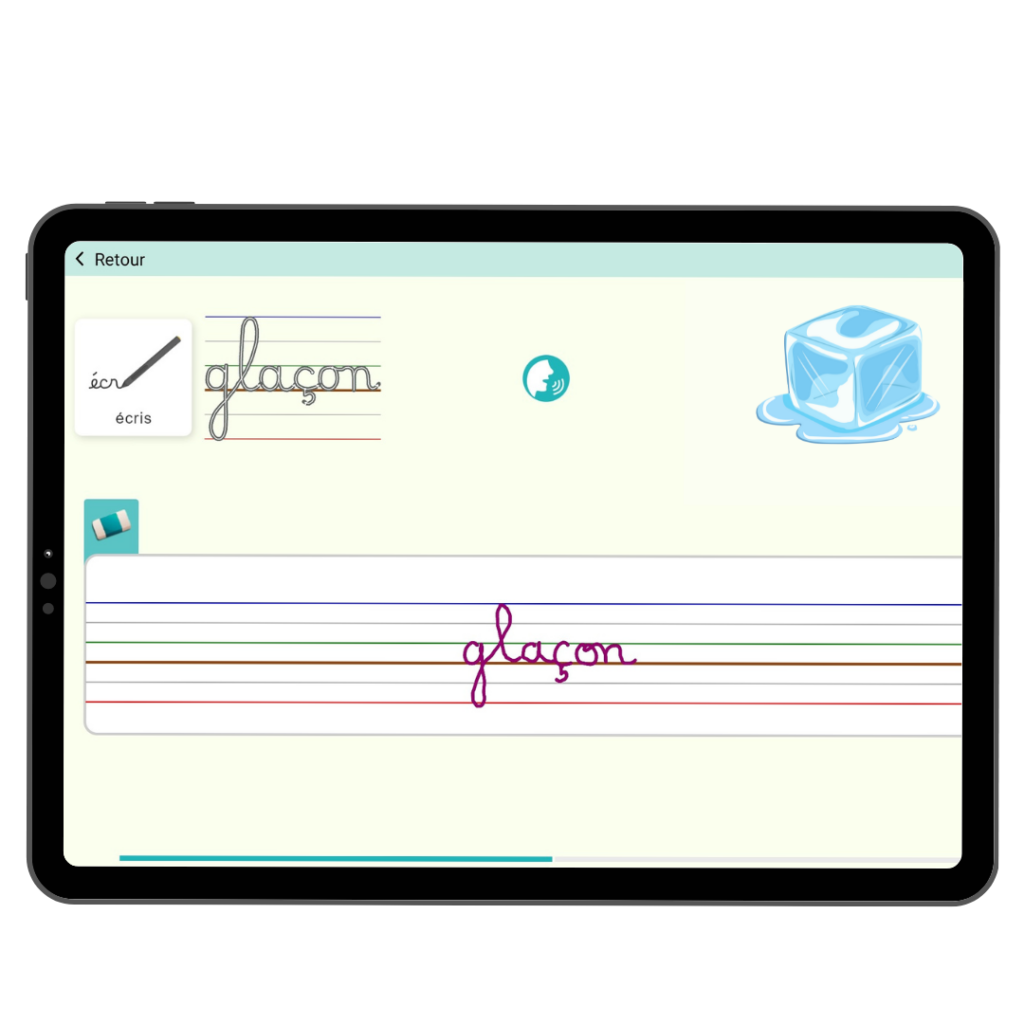
Kaligo in German, for Germany, Switzerland, and Luxembourg
Kaligo German is our latest product, launched in 2022 after 2 and a half years of research and development! Designed for the German, Swiss, and Luxembourg markets, Kaligo German has its own specificities. Currently, Kaligo German offers one handwriting style for uppercase and lowercase letters: Druckschrift, which is the German print script. Very soon, the Grundschrift (partially cursive) will also be available!
In Germany, teachers use a house icon next to the lines until Year 3 or 4 to assist students in correctly tracing their letters.
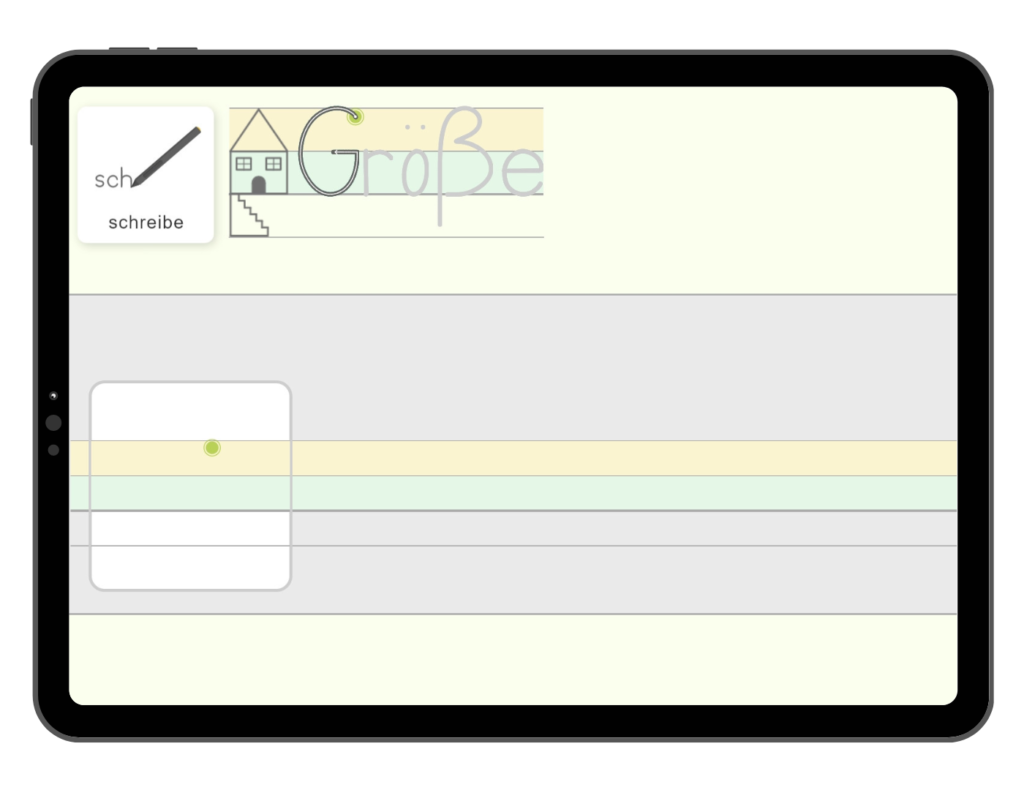
Three categories of letters are determined based on their position.
Letters that live in the “living room” are positioned between the baseline (3rd line) and the 2nd line, while letters that live in the “attic” are positioned between the baseline (3rd line) and the 1st line, and letters that live in the “basement” are all letters placed on the baseline (3rd line) and go down to the bottom line. Teachers can choose to activate or deactivate this feature in Kaligo settings, regardless of the type of lines used.
Another interesting point is that the German colored lines are different from the ones used in the United Kingdom.
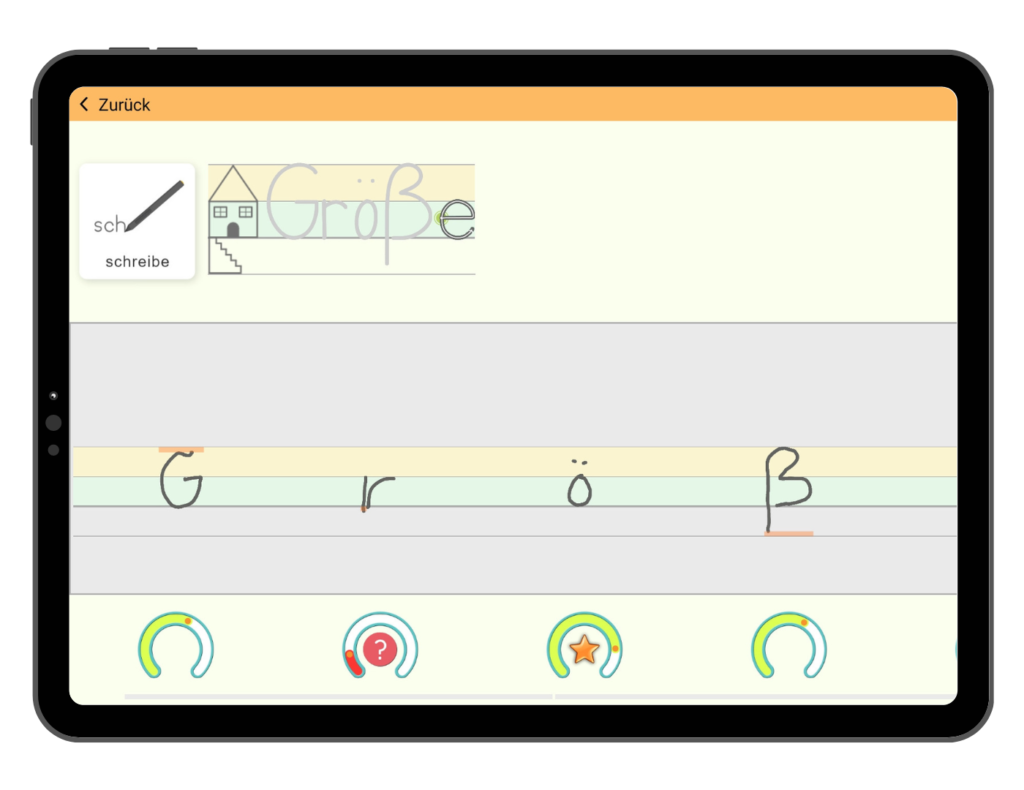
Another remarkable feature is that the Artificial Intelligence (AI) in Kaligo German identifies distinct letters compared to our own! This is the case for letters with umlauts like “ö,” “ä,” and “ü,” as well as the eszett “ß” (used everywhere except in Switzerland, Luxembourg, and Austria).
An Educational Tool for Every Teaching Scenario
Whether it’s in the United Kingdom, France, Germany, Switzerland, or other countries where Kaligo is active, we strive to provide educational materials that closely align with local requirements. Different letter templates, contents, or settings are part of our daily lives.
If you also wish to use Kaligo to enhance your classroom’s progress and measure their improvements, you can start right away with a free trial account for 30 days. All you need is an email address, and you can get started! Our team is at your disposal to address your inquiries and resolve any issues through the chat (bubble on the right). Moreover, once you’re logged in, our help center contains tutorials to assist you in using Kaligo effectively.

